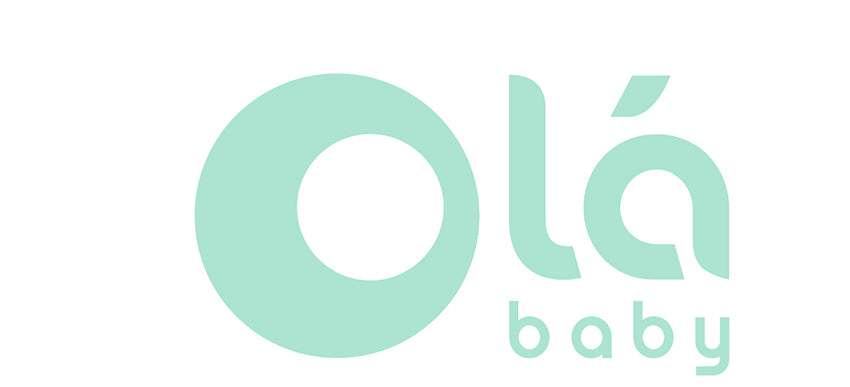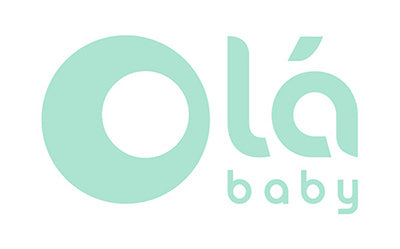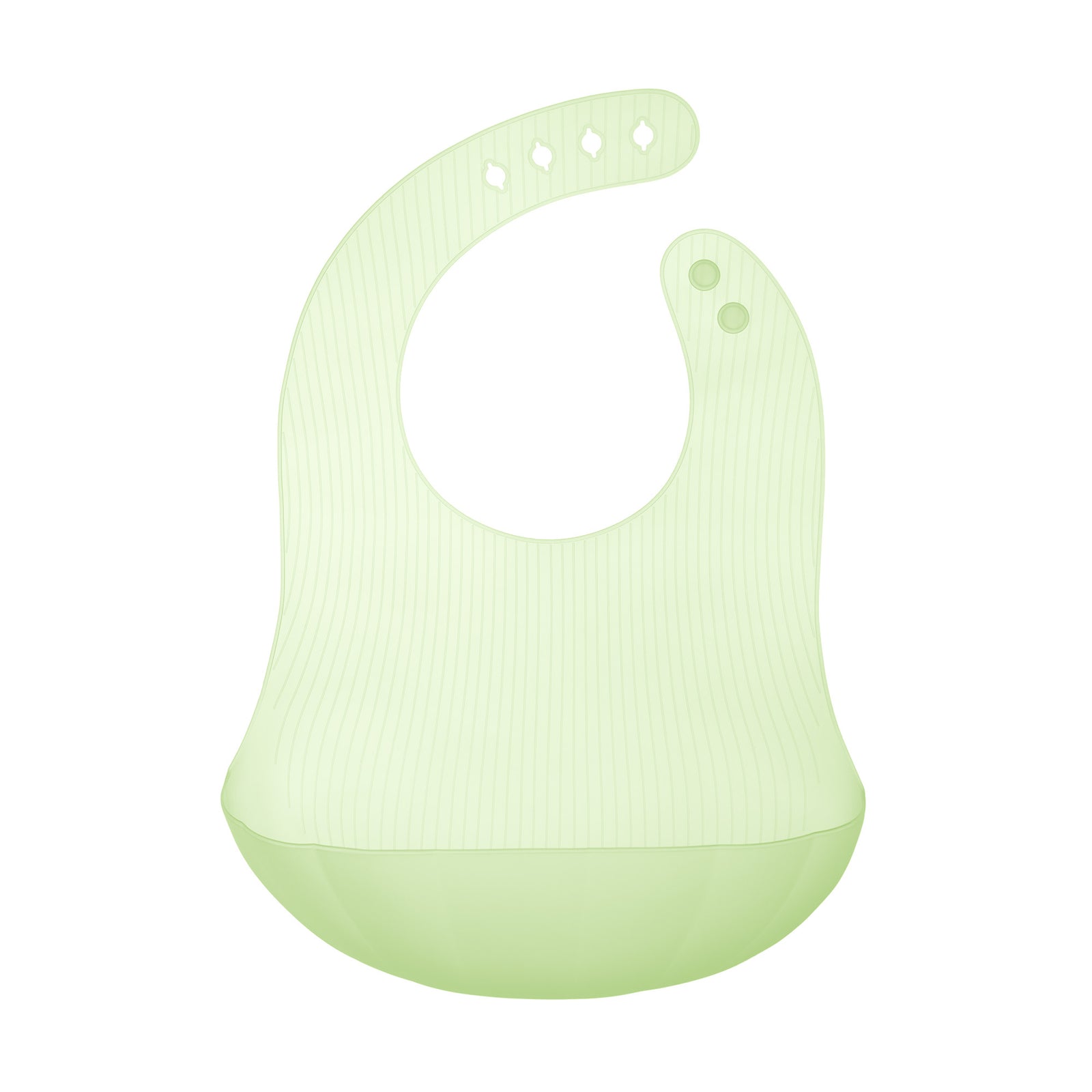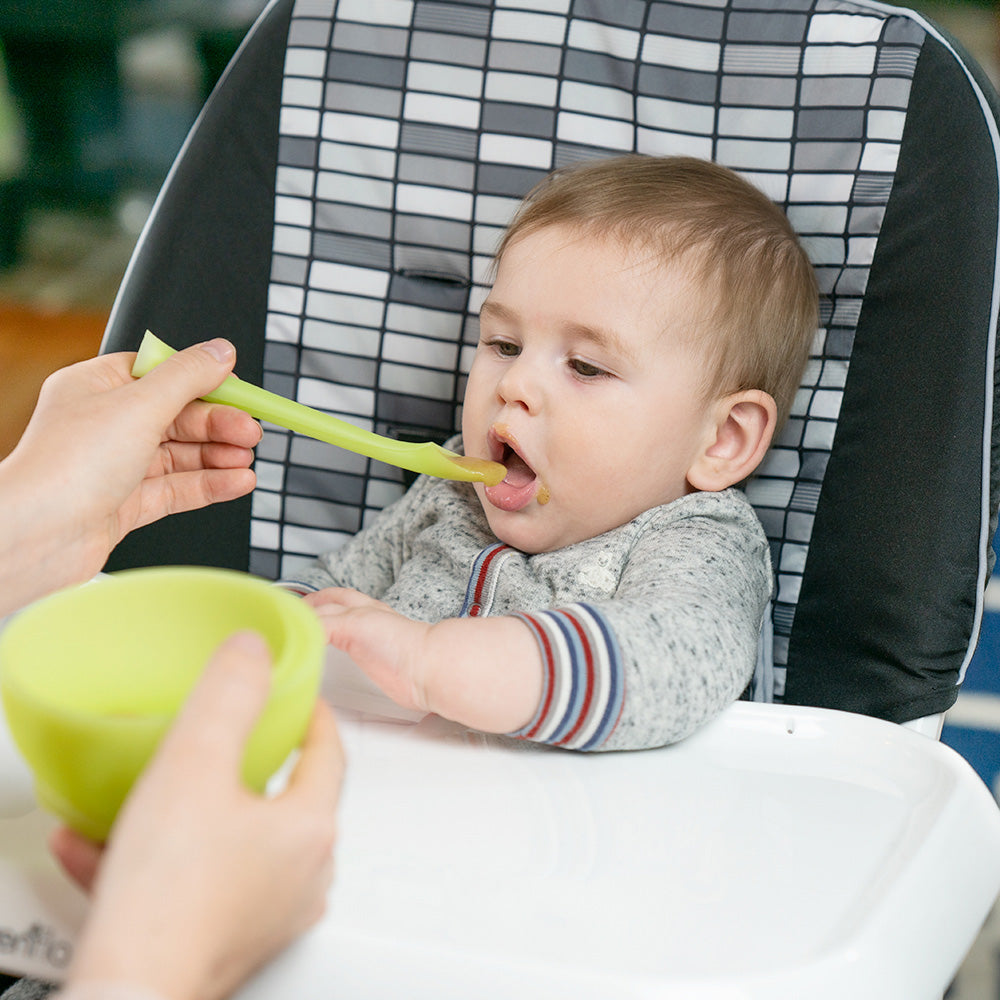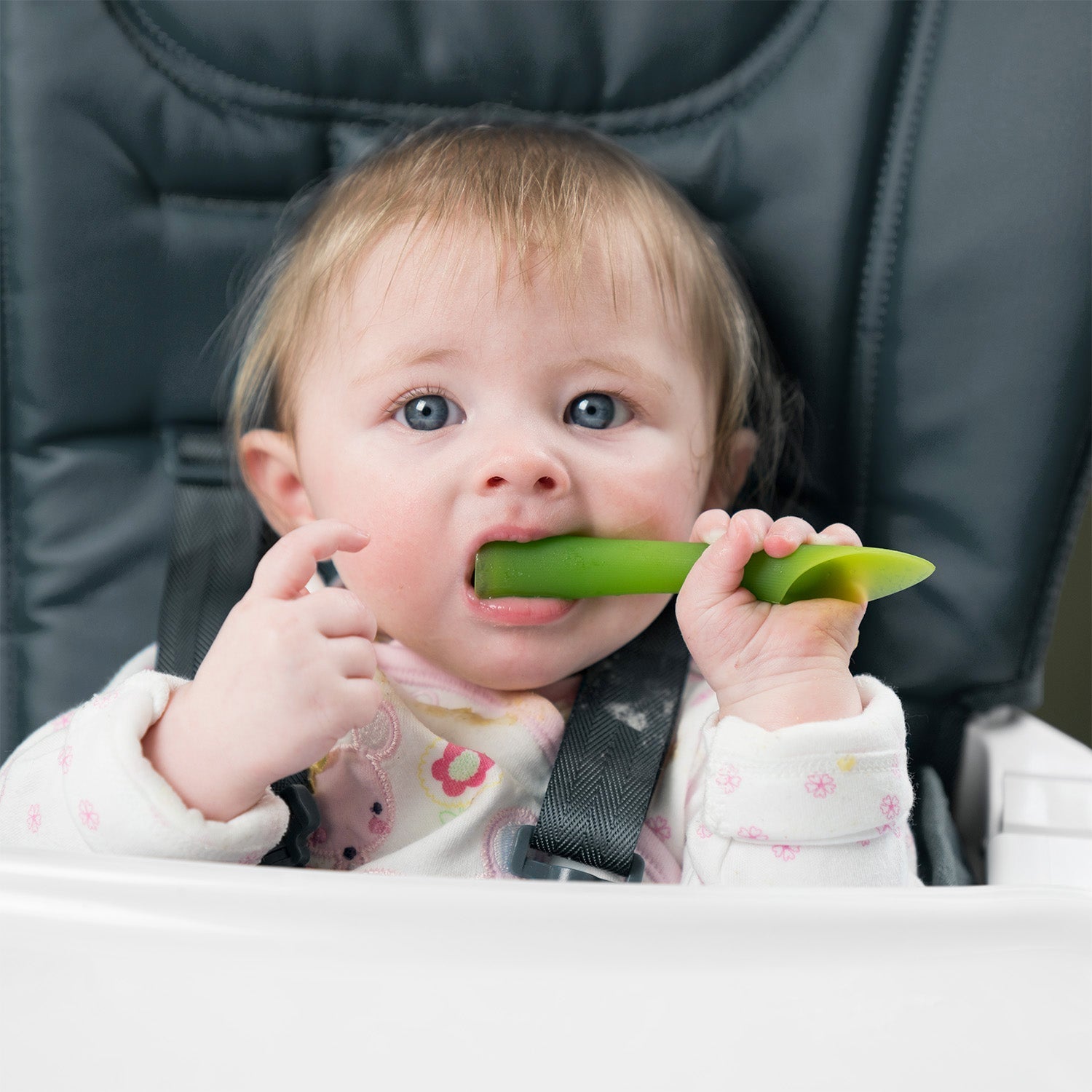Regardless of how you choose to feed your baby, spoon feeding, baby led weaning, a mix of both or anywhere in between there is ONE thing that is MOST important to do at meals.
The best thing you can do for your baby when feeding them is be responsive.
Respond to their cues. I like to explain responsiveness like a dance. They’re leading and you’re right there with them. You’re in step with their moves. When they dip you dip, when they side step you side step. It’s back and forth in a constant feedback loop.
Starting the feeding relationship on the right foot is paramount to eventually raising a healthy happy and independent eater. Too many times as a registered dietitian I’ve seen parents who didn’t feed responsively have troubles with a picky eater, an eater who refuses to feed themselves, or an eater who simply screams at mealtimes.
A lot of these issues can be side-stepped if we keep one thing top of mind while feeding. Be responsive. So let’s take a look into what this actually looks like at the table.
Imagine you’re feeding some pureed pears and in this scenario you’re spoon feeding them. Look for signs of interest or cues that they’re ready for another bite, looking at you or the food, licking their lips, a slight bend forward, grabbing at the spoon, sometimes even a whine. You would then offer another bite by bringing the spoon close enough for them to open up and accept the bite.
Now imagine your baby is sending cues that look like this; turning their head, leaning back, pushing food away, throwing food, or whining. These are cues that they’re full, not ready for more or all done with the meal. That’s our cue to either end the eating experience or give them a short break.
An important part of this dance is connection. This connection is built by eating together, distraction free, so you can learn how your baby uniquely communicates.
Even when you’re not spoon feeding and you’re allowing them to feed themselves this connection and idea of responsiveness is still important. You still read their cues and might add more to the plate if they’re acting hungry and wanting more, take some food off if they’re feeling overwhelmed or aren’t ready to try that food yet, end the meal if they’re getting tired or full etc etc.
Pro tip: Using a soft flexible spoons especially at the beginning can be a helpful tool in making meal times pleasant. Materials like silicone can be helpful in the eating experience because they are gentle, safe and durable. This helps keep meals positive even when they miss the mark and knock their gums, lips or cheeks!
Although the food and nutrition is important at all times in our children’s feeding journey it is also important to create a positive meal experience. The best way to do that is to be responsive. Learn their cues, pay attention to them and respond accordingly.
Feeding responsively can feel like you’re giving up parental control or letting them walk all over you but in reality you’re allowing them body autonomy and space for them to self-regulate. A reminder here that at the table you as the parent are in charge of the big picture; what, when and where food is being served and your little one is in charge of if and how much. In other, easier to remember, words “you provide your child decides”.
It’s also important to remember that you do not have to make sense of their cues quite yet. They are learning through “what happens when” scenarios constantly. We let them learn, and keep the meals a positive learning environment. Here they will learn how to listen to their body, how to communicate their needs effectively, how to enjoy foods all while building a positive relationship to you and food!
Let mealtimes be a place of building connection and trust through responsive feeding. You’re doing more than you know in helping them grow into healthy, happy and independent eaters.
